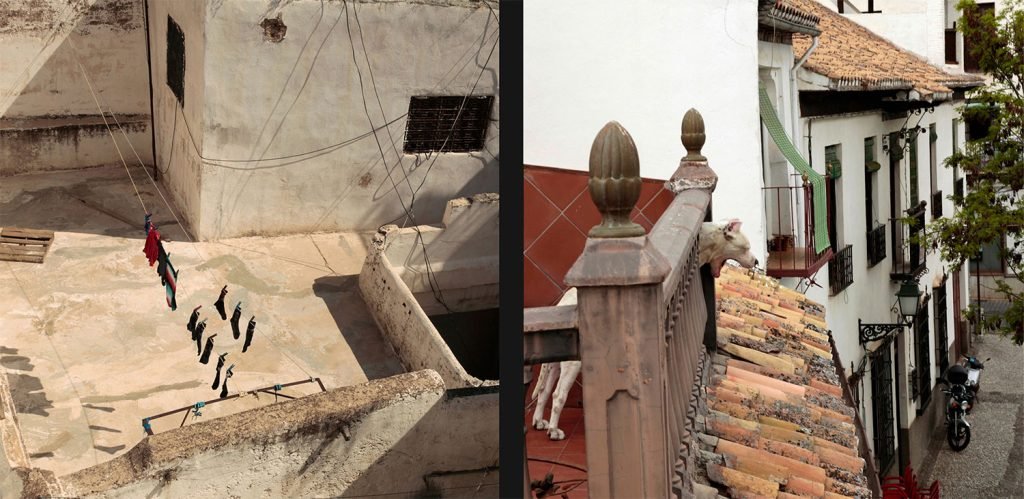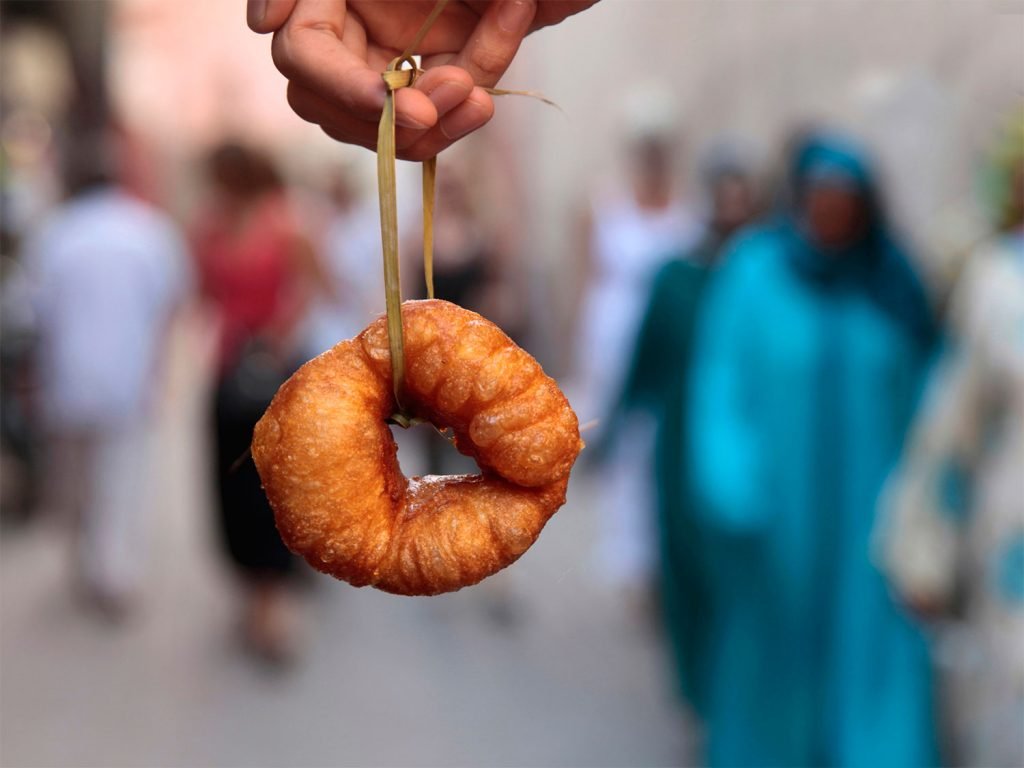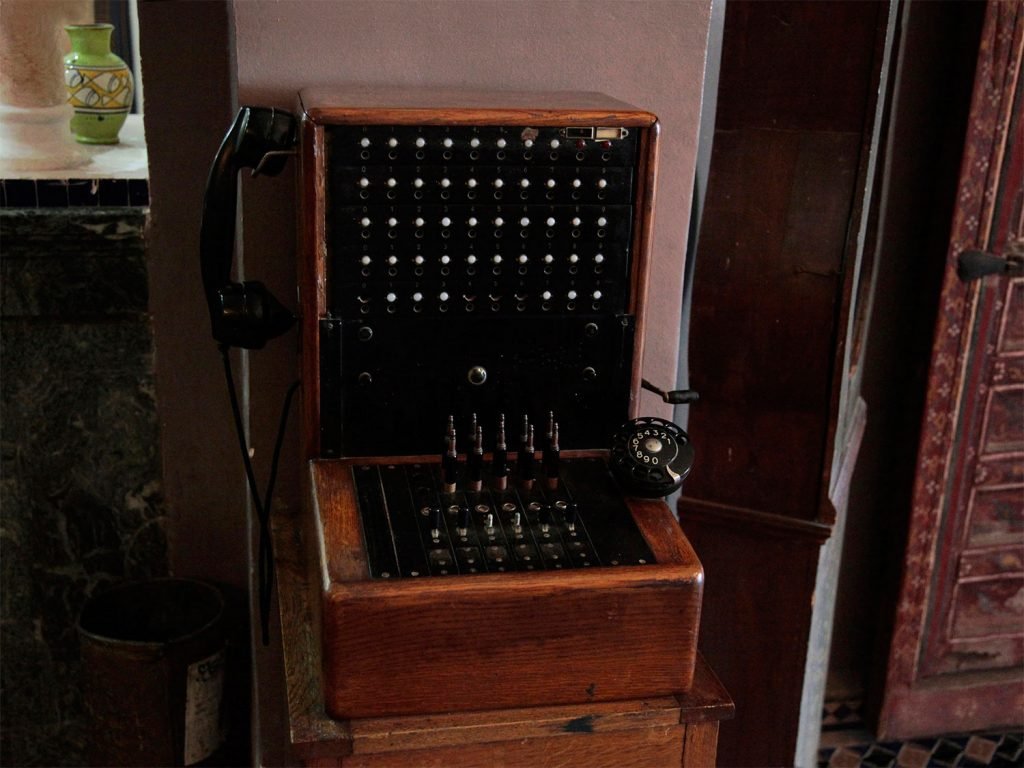Katarina Radovic was born in 1976 in Belgrade, Serbia, where she currently lives and works. She studied History of Art at the University of Sussex in Brighton, UK, and Photography at the Academy of Arts ‘BK’ in Belgrade whence she acquired her BA Degree in Photography in 2006. As a free-lance artist she has participated in a number of solo and collective exhibitions in Serbia (The Cultural Centre of Belgrade; Remont Gallery, Belgrade; Salon on the Museum of Contemporary Art, Belgrade; The Museum of African Art, Belgrade, The Art Pavilion Cvijeta Zuzoric, Belgrade; etc.), Croatia (Rovinj Photodays), Bosnia and Herzegovina (The International Festival Sarajevo Winter), Slovenia (Photon Gallery, Ljubljana), Austria (Kultur Kontakt, Vienna; The Schloss Esterhazy, Eisenstadt), the Czech Republic (The Prague City Library), Lithuania (Kaunas Photo), The Netherlands (The Noorderlicht Photo Festival), France (Voies Off, Arles; Les Nuits Photographiques, Paris), Egypt (the Atelier of Alexandria), Japan (The New Media Art Festival), Senegal (The Festival of Contemporary Art Le Fleuve en Couleurs), etc.
She received the Kultur Kontakt Artist-in-Residence grant in Vienna in 2007 and the European Cultural Foundation (ECF) grant for the realization of the project Until Death Do Us Part in 2009. Her works are in: the Photography Collection EROSION (Lithuania), the TELENOR Collection of Contemporary Art (Serbia), the Museum of the City of Belgrade (Serbia), the Museum of Arts and Crafts (Zagreb, Croatia), the Museum of African Art (Serbia), the Imago Mundi BENETTON Collection (Italy) and various private collections.
Crossing
These photographs are the result of several voyages made between 2013 and 2015, to that part of the world where West and East at their best meet: the Iberian Peninsula and North Africa. Separated by the Atlantic Ocean and the Mediterranean Sea, with the strait that may be only about 12 km across at its narrowest point, there stand Spain and Morocco, representatives of two different civilizations, the Western and the Eastern worlds respectively – but countries that shared the same portions of history and culture for many centuries.
I agree with Tahir Shah, author of In Arabian Nights: “I see the West through one eye and the East through the other, and I understand how they both feel, but I don’t know how to tell one about the other”.
I have tried to combine and contrast some visual fragments from these two civilizations and create a dialogue between them. Imbued with traditional symbolism and/or narratives, sometimes as single images and sometimes as diptychs (one image from Spain and one from Morocco), my photographs attempt to capture the real feelings, sounds and smells of these places, the way I experienced them in situ, and show this part of the world in its (extra)ordinary holiness.
While some of the images, with their generic specificities, stand for the primary traditions and identities of the places they are showing, such as the row of shoes taken off at the entrance of a Muslim place of worship in Meknes, or the row of shoes to be observed walking under the curtain hanging from a religious float during the Andalusian Semana Santa; the metaphor of the continuation of life shown in the carpet fringe in Berber carpet-weaving traditions or the lit candles symbolizing holy illumination or spiritual light in the Christian Heaven, other images reveal the adoption of cultural traits from the ‘other’, such as the persistence of the Moorish architectural framework of the Mosque-Cathedral of Córdoba, or the painting of a reclining bare-breasted lady in the lobby of the Continental Hotel in Tangier. There are also particular images that may suggest a variety of ambiguous interpretations, such as the dog with a missing ear, standing in readiness on one side of a cactus ‘fence’, whereas on the other side is Granada’s most recognizable panorama, the last Moorish stronghold in Europe.
However, despite the obvious cultural differences conveyed by these images and their symbolic value, they may eventually come to seem as if they could all be from one country – a world that still shares many similar feelings, sounds and smells. In such an astonishing commingling of the past and the present, the West and the East, these photographs are not only a record of the destinations they represent, or a series of possible historical issues that may be disclosed; they are also about a new way of seeing things – a new form of coexistence.
–
website: Katarina Radovic
–
copyright © Katarina Radovic, all rights reserved
–












